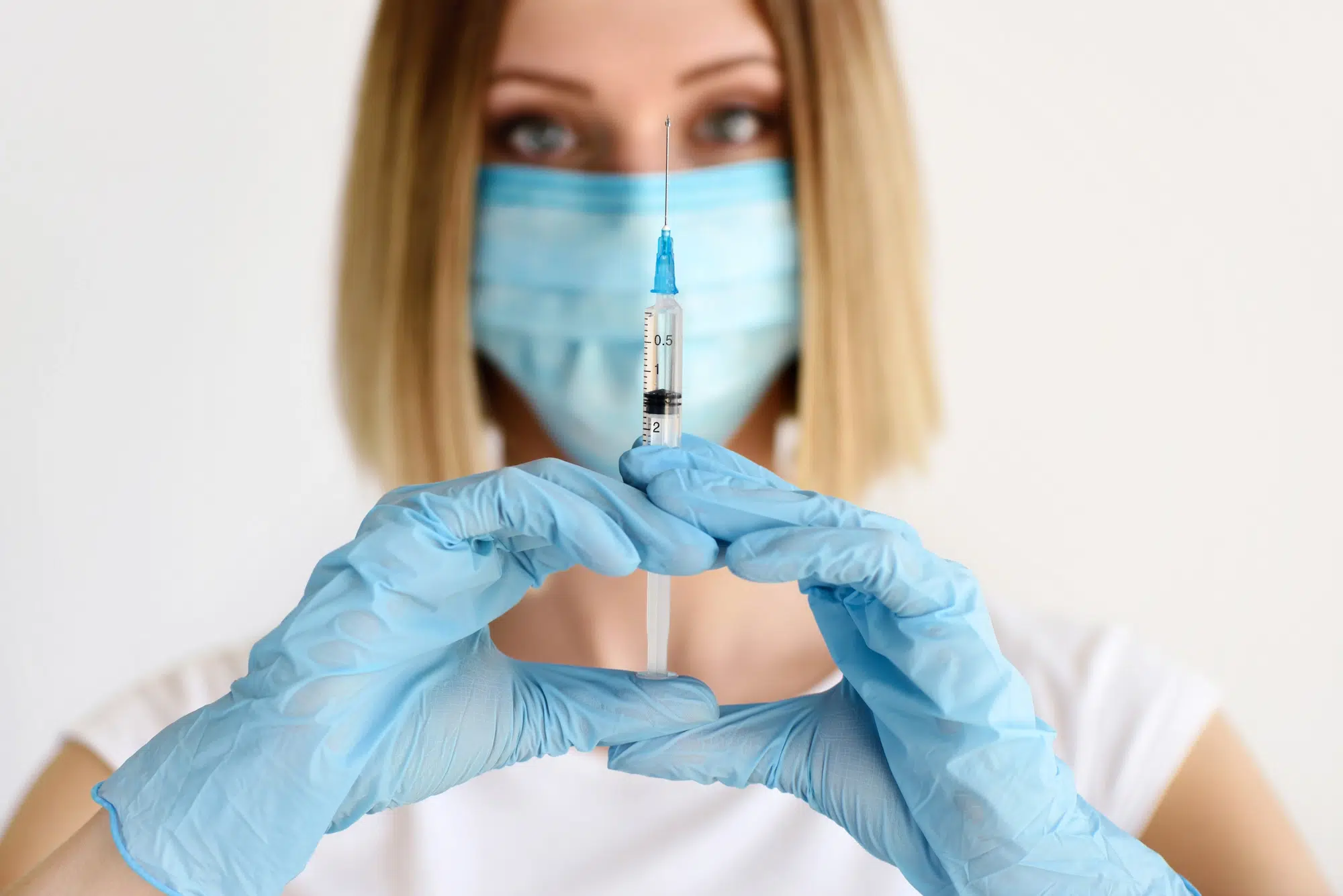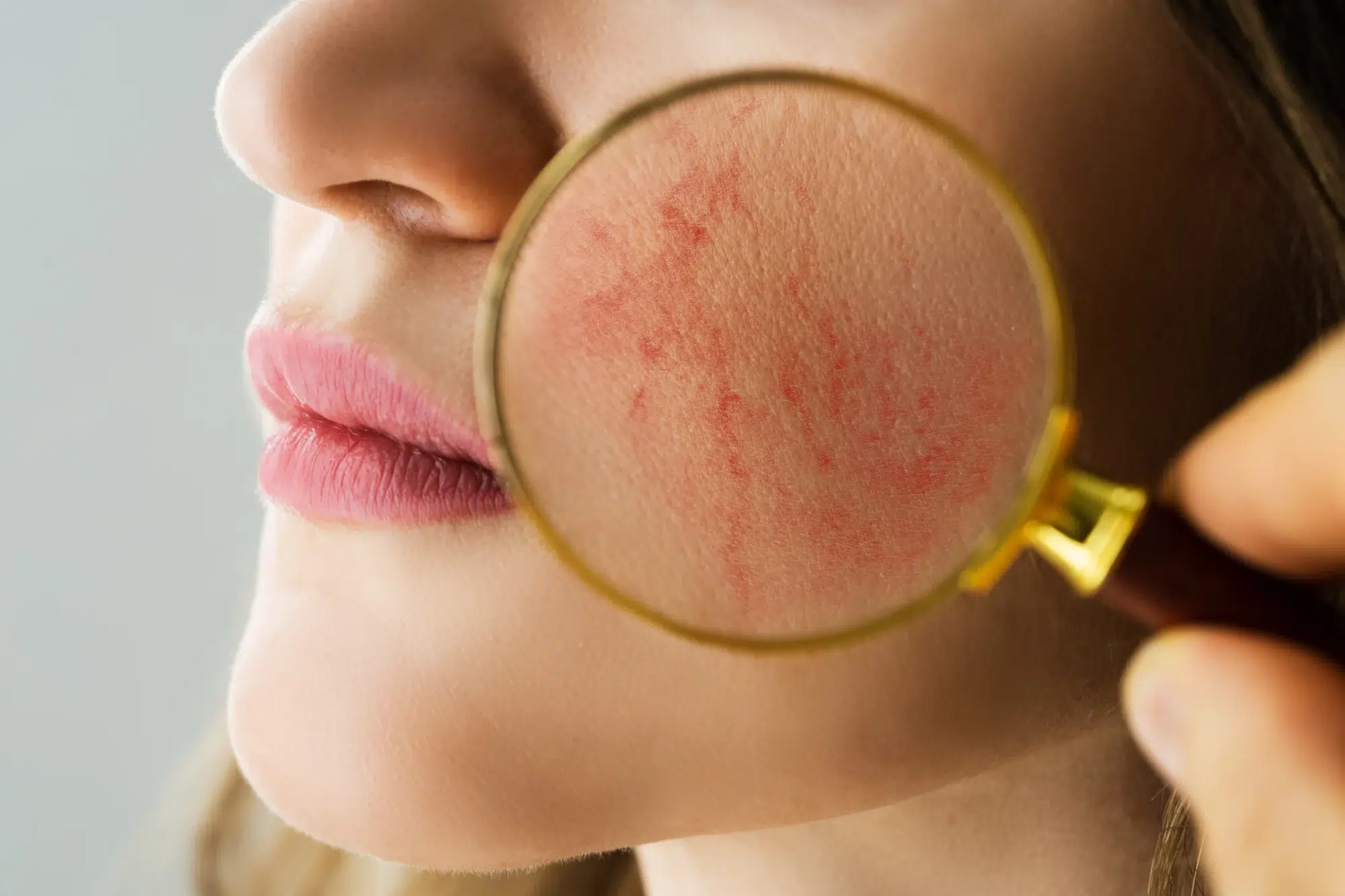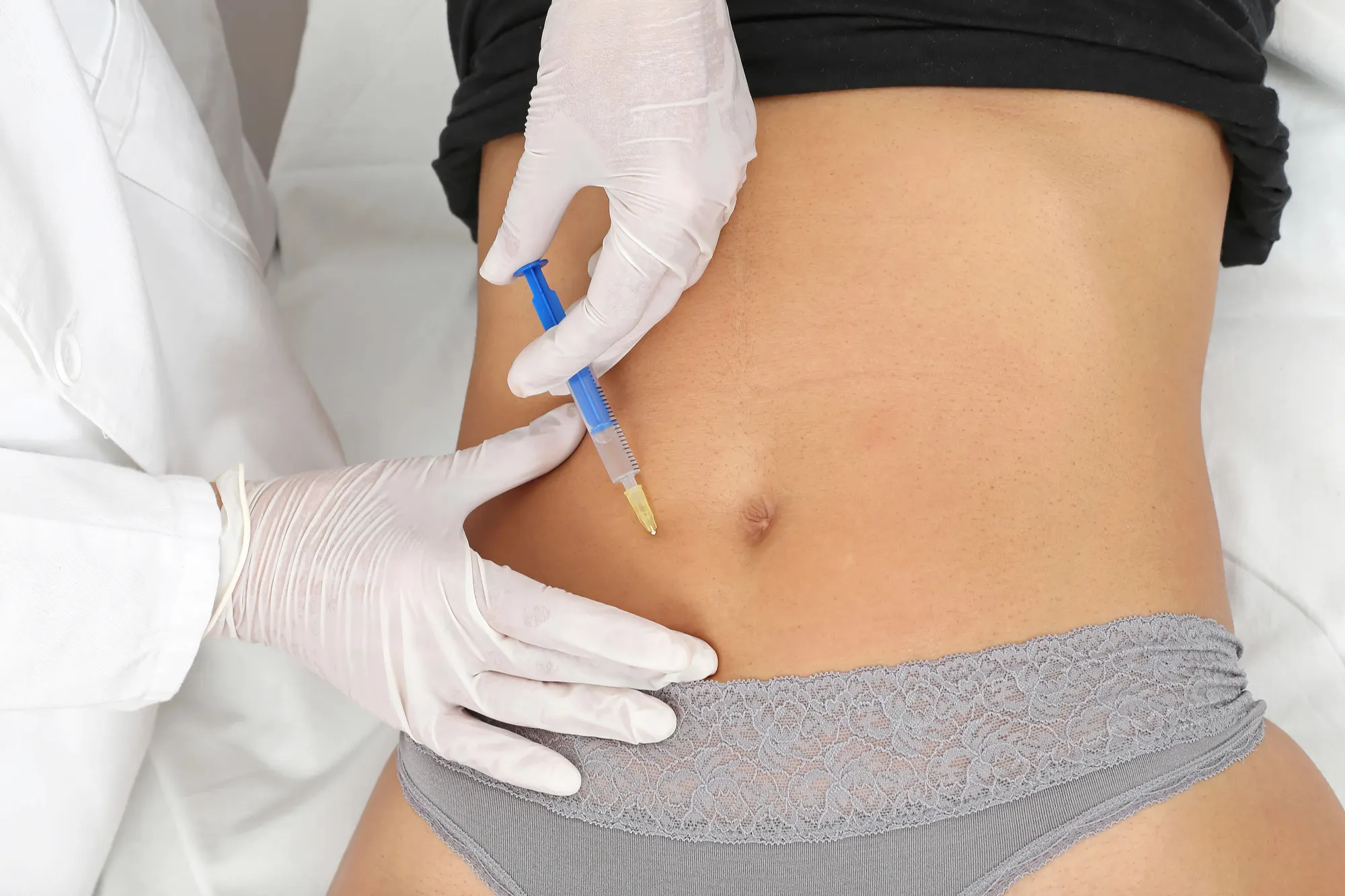There are various aspects of interest when discussing the use of Botox on pregnant women. For example, would ongoing Botox treatments on the mother have a negative effect on the fetus? Could it cause a miscarriage or malformation to her baby?. Other interesting questions would happen after giving birth to the child and can often refer to breastfeeding. In this article, we’ll review what studies have found in situations where pregnant women have continuously received Botox injections and other studies involving animal tests.
Women of childbearing age often use Botox
Because Botox is a cosmetic treatment, the majority of patients who receive Botox injections are women of childbearing age. Additionally, many patients receive Botox injections regularly to alleviate symptoms associated with medical conditions. Given the high frequency of Botox use among fertile women, it is therefore important that safety of Botox use during pregnancy be established, as many patients in the early stages of pregnancy may not be aware that they are pregnant at the time of treatment.
What does Allergan say about using Botox on pregnant women?
In the patient label for Botox, it is stated that to date, no adequate data or studies are present on the likelihood of developmental risks, birth defects and miscarriage associated with use of Botox in pregnant women. However, it was shown in a study involving rabbits that daily doses of Botox in days 8–18 of pregnancy resulted in abortions, fetal malformations, and maternal toxicity. The mechanism by which this occurred is not known, but further animal studies suggest that botulinum toxin does not cross the placenta, possibly because of its large size. In one study involving pregnant rabbits, no measurable levels of botulinum toxin were present in the placenta or foetuses of mothers given a highly lethal intravenous dose.
A study found comparable results between pregnant women using Botox and not using Botox
The most recent and comprehensive study on pregnancy outcomes following Botox exposure was done in 2015 by Brin et al. In this retrospective study, the authors analysed pregnancy outcome data culled from the Allergan Global Safety Database collected over a 24-year period (1990–2013) and compared the rate of fetal defects in mothers exposed to Botox with background rates in the general population. Of the 110 live births included in this study, 106 or 96.4% of them resulted in normal births, while four had abnormal birth outcomes, consisting of one major fetal defect, one birth complication, and two minor fetal malformations. The resultant prevalence rate for overall fetal defects, 2.7%, was found to be comparable to rates found in the general population (2–4%). The authors concluded that the rates of abnormal pregnancy outcomes in pregnant women who received Botox treatment were similar to background rates in the general population. In addition, the study did not identify any new safety concerns, nor did they observe any consistent organ malformations.
No association found between fetal harm or to mother using Botox while pregnant another survey found
A preliminary survey done by Morgan et al. in 2006 asked physicians if they had injected pregnant women with Botox, as well as their comfort level with administering Botox to pregnant women. Of the 900 physicians surveyed, 12 out of the 396 physicians who responded reported injecting a total of 16 expecting women with botulinum toxin. While the data was limited (16 pregnant women), it seemed to indicate that the treatment appears to be quite safe for both expectant mother and fetus as no definite qualitative association of fetal harm with the mother receiving Botox injections was discovered.
Women used Botox for cervical dystonia while pregnant four times without harm to babies
Case reports in the literature are scarce; in 2004 Newman et al. described the clinical use and outcomes of a patient who underwent regular Botox treatment for idiopathic cervical dystonia. Due to the severity of her condition, and after assessing the risk and benefits of Botox treatment, the 26-year old patient, with the input of her neonatal neurologist and obstetrician, was recommended to continue with Botox injections even after it was discovered that she was pregnant with her first child. This patient continued receiving Botox treatment through four pregnancies that were carried to full-term with seemingly no complications. The authors also report that there were no indications of any developmental delays in the children.
Women using Botox for facial wrinkles gave birth to unharmed children
In 2007, Monteiro describes the two cases of patients receiving Botox treatment for facial wrinkle correction while pregnant; both were injected in their first trimester and did not experience any complications or adverse effects pertaining to the pregnancy and fetuses.
Because pregnant women with illnesses need safe and effective treatment, determination of safety of a medication during pregnancy is crucial. However, due to the ethical challenges of including pregnant women in clinical trials, research in this special population is sadly lacking.
Can I get botox when pregnant?
There is not enough evidence to say definitively yes or no, the data taken collectively from retrospective and animal studies, surveys of physicians who use Botox to treat patients, and case reports strongly suggest that Botox, if used as recommended, does not impact the fetus of the expecting patient. However, many practitioners practice a “better to be safe than sorry” method, advising their patients not to have Botox injections while they are pregnant unless absolutely necessary. To further establish the safety of Botox use during pregnancy, additional research is warranted.
What makes Botox so popular?
Botox (onabotulinumtoxin A ) is chiefly known as a cosmetic injectable that treats wrinkles; however, its medical uses extend beyond the aesthetic realm. As a neurotoxin, it impacts signal transmission between cholinergic neurons to other cells, and it is for this reason that Botox has many therapeutic applications. For example, Botox is indicated in the treatment of various neuromuscular disorders like cervical dystonia and blepharospasm, and recently has been implicated in conditions associated with pain, such as chronic migraine, and urologic conditions affecting bladder control, like overactive bladder. Botox has helped patients with a wide spectrum of neurological disorders in improving their symptoms.








